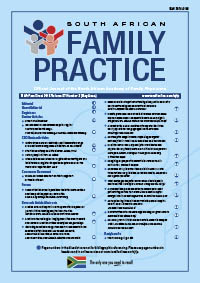Grommets
Keywords:
grommets
Abstract
Children younger than 7 years are at increased risk of otitis media because of their immature immune systems and poorly functioning eustachian tubes that normally ventilate the middle ear space and equalize pressure with the external environment. More than 80% of children have at least one episode of acute otitis media (AOM) before the age of 3 years and 40% experience six or more recurrences by the time they are 7 years old.1 By the age of 3 years, approximately 7% of children undergo surgery for tympanostomy tube insertion for a range of otitis media issues, including chronic otitis media with effusion (OME), recurrent acute AOM, and acute otitis media that persists despite antibiotic therapy. However, tympanostomy tube insertion is associated with risks, and remains a controversial practice especially in children with OME of less than three months’ duration and in children with recurrent AOM. Adverse effects associated with tympanostomy tube insertion include those associated with anaesthesia and its complications (laryngospasm, bronchospasm) as well as tube related sequelae such as recurrent (7%) or persistent (16-26%) otorrhoea, blockage of the tube lumen (7%), granulation tissue (4%), premature extrusion of the tube (4%), tympanostomy tube displacement into the middle ear (0.5%) and persistent perforation of the tympanic membrane (1%-6%).2 This article offers guidance for family practitioners wishing to optimize health outcomes in children potentially requiring tympanostomy tube placement.
Section
Review Articles
By submitting manuscripts to SAFP, authors of original articles are assigning copyright to the South African Academy of Family Physicians. Copyright of review articles are assigned to the Publisher, Medpharm Publications (Pty) Ltd, unless otherwise specified. Authors may use their own work after publication without written permission, provided they acknowledge the original source. Individuals and academic institutions may freely copy and distribute articles published in SAFP for educational and research purposes without obtaining permission.

